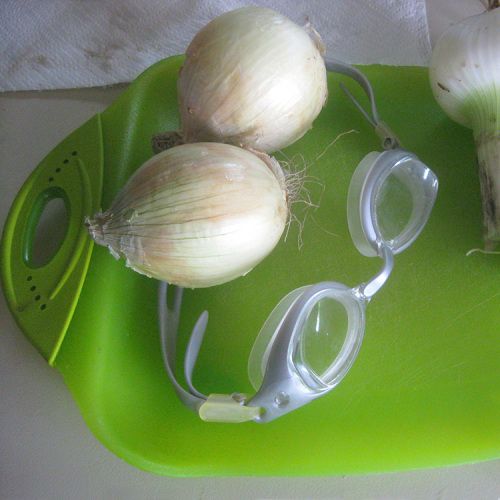
As we pass the “halfway point” of the season (a.k.a. summer) down in my neck of the woods, much of what I’ve planted is either: 1. Already harvested, 2. Been yanked out for not performing, 3. Been ignored or neglected (oops), or 4. Has been destroyed by pests, diseases, or heat. The garden is pretty much out there baking in the Texas heat until Fall planting time arrives.
So what is a gardener to do (other than stay inside and stay cool)? Part of me is always thinking of cool and unusual things that could be used for or in the garden, repurposed or otherwise. I’ve come up with a list of “tidbits” or thoughts of random wisdom. Here goes…
• Gloves – no more wondering where the other one went. It’s bad enough that I go through several light-duty cloth garden gloves each year, but it’s even more embarrassing that half the time I can’t keep them together. These gloves are often strewn about my yard, garden, greenhouse or garage, often without their “partner”. Early signs of forgetfulness due to getting old? I hope not. Lazyness? Probably. The solution is so simple it’s stupid. I can’t, however, take credit for this one. I got this one by being a community gardener. Solution? Stick one glove inside the other when your done using it. Told you it was simple. BONUS TIP: If you are trying to prevent blisters, and your heavy-duty gloves aren’t thick enough, simply wear your light-duty gloves inside your heavy-duty gloves.
• Chopsticks – pencil-sized “moisture meters”. The next time you eat take out, don’t throw away those chopsticks with the fortune cookie that had the cheezy musing and lottery number on it. Since they have a porous structure to them, wood chopsticks will “wick” or show moisture if stuck in the soil. It’s a quick way to see how wet the soil is in your garden beds. Remember to take the chopsticks out and let them dry off when you’re done checking.
• Hose guides – your good helper when watering. I use a 75-foot-long hose to water my garden, and must maneuver it all over to get all the veggies thoroughly watered. Down one side of the garden, back up, along the front, then down the other side. Then back. If you’re like me, you’re always trying to avoid damaging your plants with a section of hose that’s either stuck in a corner, or has decided to leap up into the raised bed. I’ve fixed this problem for the most part with plastic hose guides. Available at most garden and home centers, these are simply a plastic “roller” that’s attached to a stake pounded into the ground. The hose slides along the guide and doesn’t bounce around. Quite helpful.
• Turn the wand over for longer range. Speaking of watering, I’ve noticed that when I water with my watering wand, the water seems to go further when I turn the wand over. In other words, the end of the wand is pointing upward, not downward. At least it seems to.
• Don’t cry over cut onions. When I have to slice or cut up onions, I don’t cry anymore. Why? Because I’m wearing my swim goggles. It may make me look goofy, but it totally works.
• A second life for laundry detergent containers. Need a scooper for compost or soil? Use an empty laundry detergent container as a scooper. Cut off the top and side area of the container opposite the handle. The container’s handle is now the handle of the scooper, and the lower part of the container holds the soil. You’ll obviously want to wash it well before use.
• A string spindle. If you use string in your garden, and are tired of having it bounce all over the place, you can use an empty, blank CD/DVD disc spindle as a dispenser. Simply drop the ball of string onto the center part of the spindle, cut a small hole in the top clear part of the spindle, then feed one end of the string through it. Voila!
• Best tools to chop up plants for compost?… head to the kitchen. I’ve discovered that two of the most effective tools for quickly chopping up plants going in the compost pile are a meat cleaver and serrated bread knife. Good place to score a nice but inexpensive cleaver? Try your local oriental grocery store.
• The egg carton storage container. Are eggs part of your family’s breakfast selections? You can repurpose the cartons to store or sort different varieties of garlic bulbs, onion starts, flowers, etc.
• The weeding window. I’ve learned that one of the best times to weed is right after a heavy rain. Let the muddiness stage pass, which may be a few hours to the next day. But right after that, it’s a great time to pull weeds, as they seem to come out easier. For me, this mainly applies to lawn weeds more than my garden weeds.
• Root for your pumpkins. As I have mentioned in other posts, the squash vine borer can cause severe damage to pumpkin and squash plants. One of the things you can do to ensure the survival of the plants is to create multiple “root zones”. Pumpkins have the ability to create roots along their stems or runner vines. Take advantage of this. As your plants start to send out runner vines, bury the runners in the ground or cover them with a few inches of soil and/or compost. Do this every 3 or 4 feet. The runner vines will form roots. That way, if the borers take out the main stems of the plant, the parts of the plant fed by the newly-rooted areas have a good chance of surviving.
• Dumpsters for cardboard. If you need sheets or boxes of cardboard to thwart weeds or grass, get an early start. Whenever I’ve driven by business areas where I can see the back or side areas of the building, the dumpsters seem to have cardboard in them on a regular basis. No diving necessary. If you belong to a membership shopping club/store, be on the lookout when you’re there. Where I shop, they have large bins filled with cardboard all the time, free for the taking in most cases.
• Gas’ “born on dating”. Not a garden tip per se, but a helpful one when using gas-powered lawn equipment. As you probably know, having and leaving old gas in your lawn equipment is a recipe for starting frustration. It is recommended that you replenish the fuel regularly, but how do you remember when you filled the tank up? Simple. When you fill it, write the date you filled it on a piece of masking tape. No more guesses.


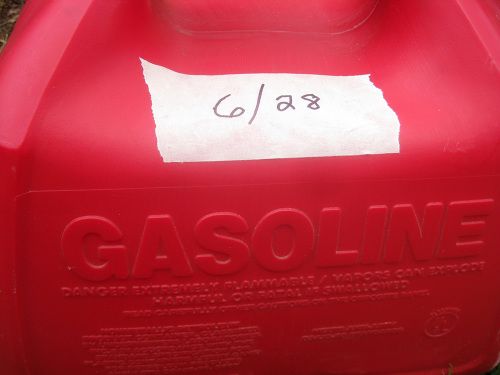
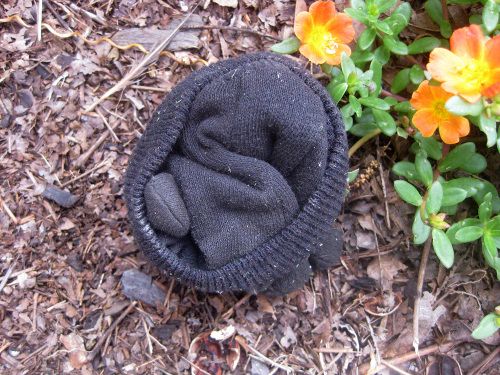
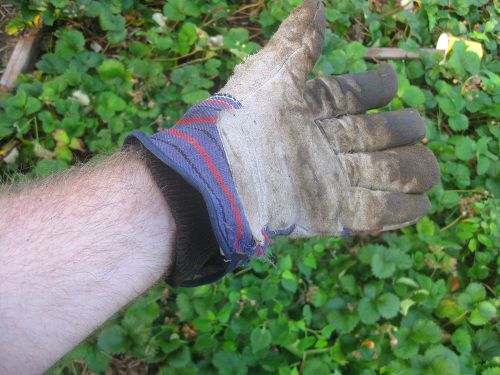
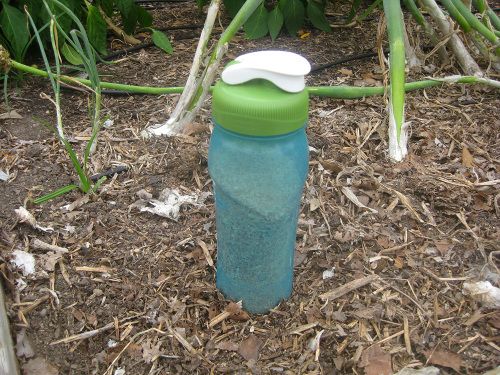

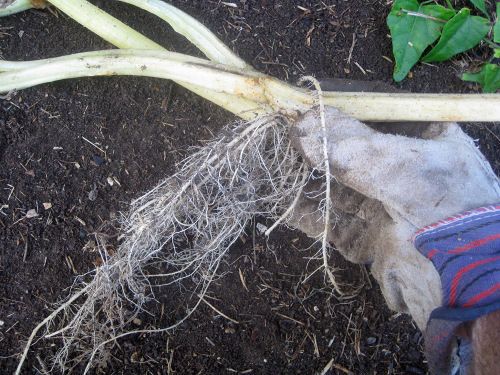
















Comments
Log in or create an account to post a comment.
Sign up Log in